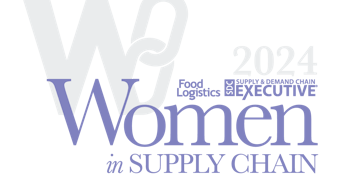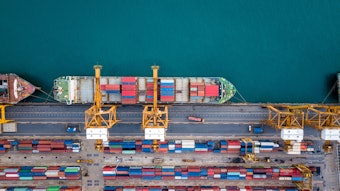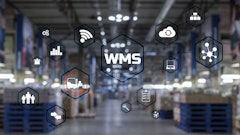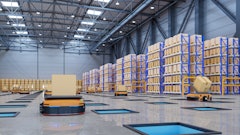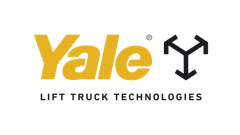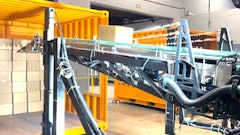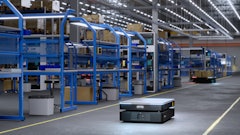
At the G-7 summit in Japan this May, leaders from seven of the world’s major industrial nations stressed the need for a more resilient supply chain and warned of the risks of remaining overly dependent on a single country. Echoing European Commission president Ursula von der Leyen, who in recent speech advocated that Europe should focus not on decoupling from China but “de-risking” relations, officials spoke of the need for more geographically diversified supply chains to prevent the kinds of disruptions that wreaked havoc during the Covid-19 pandemic.
Those conversations likely sound familiar to business leaders, who over the last couple of years have grappled at the boardroom level with the risk involved in lopsided supply chains. The pandemic and the trade war between the U.S. and China put those concerns into stark relief, creating raw material and component shortages, price surges and chaotic port backups. Now supply chain leaders that had previously been slow to geographically diversify their supplier base are recognizing the need for change.
Many are already acting. It’s forecasted that more than 60% of U.S. and European manufacturing companies plan to relocate some of their Asian production over the next several years. That's likely to translate into more business with India and Vietnam, countries that 67% of U.S. companies say they see as attractive alternatives to Chinese manufacturing. Some U.S. companies have also started relocating production to Mexico as competitive wages, lower transport costs, and environmental benefits have made sourcing from that country more attractive.
As businesses work to de-risk their supplier networks in response to economic and political volatility, they must start by investing in digitalization. Once seen as a competitive advantage, supply chain digitalization has become an indisputable necessity as the supply chain has grown more complex and more outsourced, with many brands and retailers relying on vast overseas networks to supply and manufacture their products as they’ve increasingly invested in their own private label lines.
Businesses have made some recent progress toward digitalization. 78% of supply chain leaders reported accelerating their digital transformations in the wake of the pandemic, and those investments should help them better navigate the obstacles that lie ahead. In truth, however, some of the systems they’ve implemented are too narrow and don’t integrate with each other and legacy systems as frictionlessly as they need to.
This results in complicated, patchwork systems of sometimes incompatible software and creates inefficiencies that counteract the very benefits that encouraged companies to digitalize in the first place. Businesses that outsource their supply chain need to optimize their processes from end to end. That means implementing a multi-enterprise network that can streamline everything from sourcing, logistics and product development to vendor, order and quality management, all of which are integral for controlling costs and helping businesses mitigate supply chain risks.
Optimizing with a Multi-Enterprise Platform
The right multi-enterprise platform can not only identify missed cost saving opportunities and show landing costs for different commodities based on countries of origin, but also help predict demand and identify alternate or future supply sources. Digitalization creates visibility into prices, supply bases and costs, enabling predictive sourcing and allowing buyers to negotiate more transparent agreements.
When brands and retailers have visibility into sources and suppliers they weren’t already using, they’re better able to mix and match materials during the specification and procurement process. This visibility is key to sourcing competitively, especially for businesses that are geographically diversifying their supplier bases or branching out into new product categories.
For compliance teams and supply chain sustainability managers, the benefits of a multi-enterprise collaboration network are especially profound. Due to recent regulations like the United States’ Uyghur Forced Protection Act (UFLPA) and Germany’s Supply Chain Due Diligence law, large brands and retailers face more stringent requirements.
To meet them, they need complete documentation of all their suppliers, from raw materials to finished goods and they need to document the full chain of custody of materials, including where they were shipped from and where they were made, including all transformations from raw materials to finished goods.
Some businesses are already reporting that they’re cutting business with China in response to the UFLPA, but reshoring alone isn’t enough to ensure compliance with the law or to guarantee no forced labor was involved in a product’s supply chain.
For that, businesses need the visibility that a multi-enterprise collaboration platform creates into a company’s supplier base. Amid the growing complexity of the supply chain, this transparency is critically necessary for brands to build the most resilient and responsible supplier networks.

